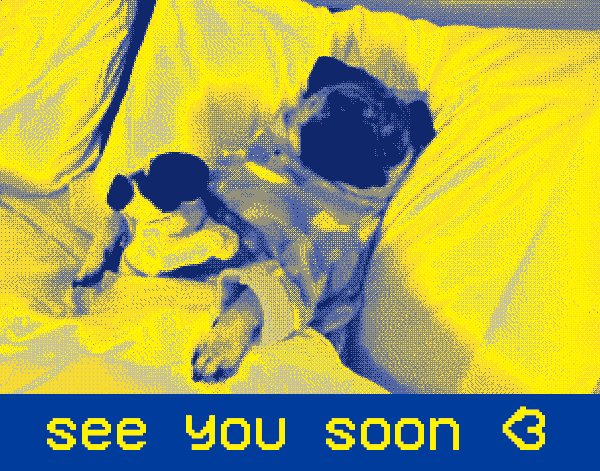Aaron CockleMay 22, 2018NewsThought Bubble; Recently Closed Exhibitions: LeWitt, Nevelson, Pendleton + Hockney; English on Wood; If Crisis or War Comes (To Sweden)
—————————————————————————————————
THOUGHT BUBBLE
Through June 23 at Aicon Gallery, 35 Great Jones Street, NYC.
From NY Art Beat:
a group exhibition featuring the work of Dhruvi Acharya, Chitra Ganesh, Amitabh Kumar, Sa’dia Rehman, Nisha Sethi, Anuj Shrestha, Himanshu Suri and Salman Toor. The exhibition explores the use of comics, graphic novels, and art which unites text and image into a single work, to examine how artists from South Asia and its diaspora are deploying new ways of seeing, representing and communicating their experience in the visual realm.
—————————————————————————————————
LeWitt, Nevelson, Pendleton
Mar 21, 2018 – May 04, 2018
David Hockney: Something New in Painting (and Photography)
Apr 05, 2018 – May 12, 2018
—————————————————————————————————
Notes Toward a Future Understanding of Wally Wood
Austin English looks at the life and work of Wally Wood:
Here’s one more sad story from The Life and Legend of Wallace Wood related by Wood’s peer and art-partner Harry Harrison, describing what it was like to work for Fox Comics in 1949:
The art director would say, ‘Well, yeah, this is great stuff but we don’t pay very much. Know what I mean? I think the rate at Fox was $23 per page for ten-page stories. And while he was talking, he’d slip you a note saying something to the effect that they also expected kickbacks of $5 a page. This made a big difference to us in the rates, of course. But all these guys took kickbacks, and if you didn’t go along with it, you wouldn’t get any work…We would slide in this ten-page pile of crap with a real good splash page for the first page on top. He would look at only the first page and count the other nine, flipping through them fast. Nobody really cared about the quality. Nobody looked at these books, no one read the things very carefully. So he’d count the pages. We’d give him the $50 or whatever it came to—-$5 a page in kickbacks—and then we’d get our check in the mail from Fox, not necessarily in a week or two but in a month or so, sometimes slower than that. The money owed would add up…
—————————————————————————————————
IMPORTANT INFORMATION FOR THE POPULATION OF SWEDEN
—————————————————————————————————
Vision Box – 5-22-2017 – by Cameron Arthur
—————————————————————————————————
Joanie and Jordie – 5-22-18 – by Caleb Orecchio
Share this page: [...]

